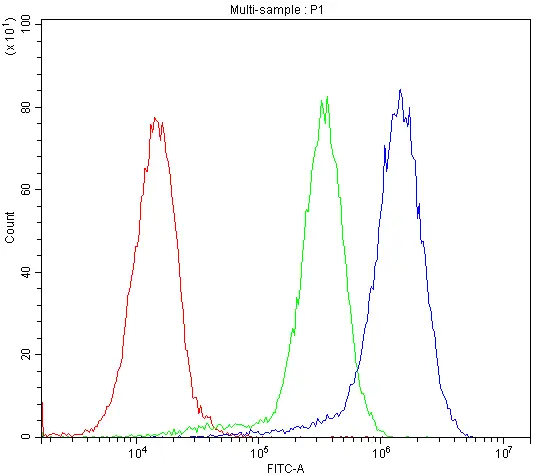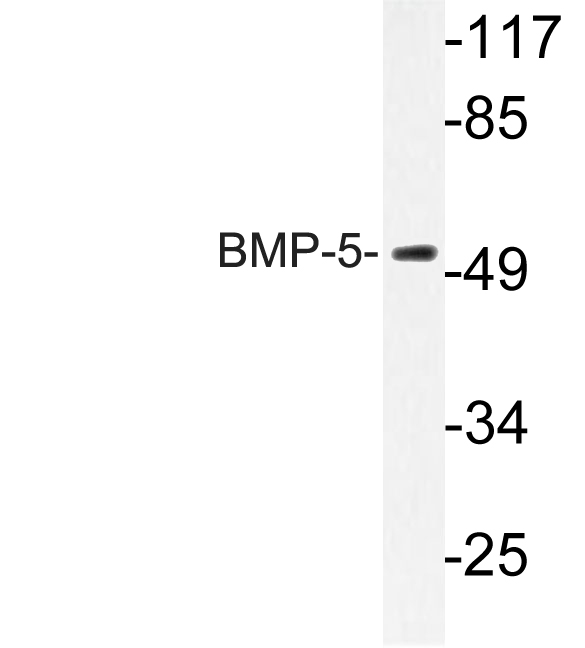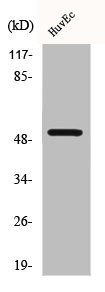BMP5 antibody
GTX10858
ApplicationsImmunoFluorescence, Western Blot, ELISA, ImmunoCytoChemistry, ImmunoHistoChemistry
Product group Antibodies
TargetBMP5
Overview
- SupplierGeneTex
- Product NameBMP5 antibody
- Delivery Days Customer9
- ApplicationsImmunoFluorescence, Western Blot, ELISA, ImmunoCytoChemistry, ImmunoHistoChemistry
- CertificationResearch Use Only
- ClonalityPolyclonal
- ConjugateUnconjugated
- Gene ID653
- Target nameBMP5
- Target descriptionbone morphogenetic protein 5
- Target synonymsbone morphogenetic protein 5
- HostGoat
- IsotypeIgG
- Protein IDP22003
- Protein NameBone morphogenetic protein 5
- Scientific DescriptionBone Morphogenetic Proteins (BMP) are members of the TGF beta superfamily of cytokines that affect bone and cartilage formation. Similar to other TGF beta family proteins, BMPs are highly conserved across animal species. Mature BMPs are 30-38 kDa proteins that assume a TGF beta like cysteine knot configuration. Unlike TGF beta, BMPs do not form latent complexes with their propeptide counterparts. Most BMPs are homodimers, but bioactive natural heterodimers have been reported. Recently it was found that lovostatin, widely used for lowering cholesterol, also increases bone formation by turning on a gene (bmp2) that promotes local bone formation. BMPs create an environment conducive for bone marrow development by stimulating the production of specific bone matrix proteins and altering stromal cell and osteoclast proliferation. In addition to stimulating ectopic bone and cartilage development, BMPs may be an important factor in the development of the viscera, with roles in cell proliferation, apoptosis, differentiation, and morphogenesis. BMPs also appear to be responsible for normal dorsal/ventral patterning. BMPs are found in tissues that induce bone or cartilage growth, such as demineralized bone and urinary epithelium. Cellular responses to BMP5 are mediated by the formation of hetero-oligomeric complexes of type I and type II serine/threonine kinase receptors which play significant roles in BMP binding and signaling. One BMP type II receptor and two BMP type I receptors have been identified.
- Storage Instruction-20°C or -80°C,2°C to 8°C
- UNSPSC12352203






